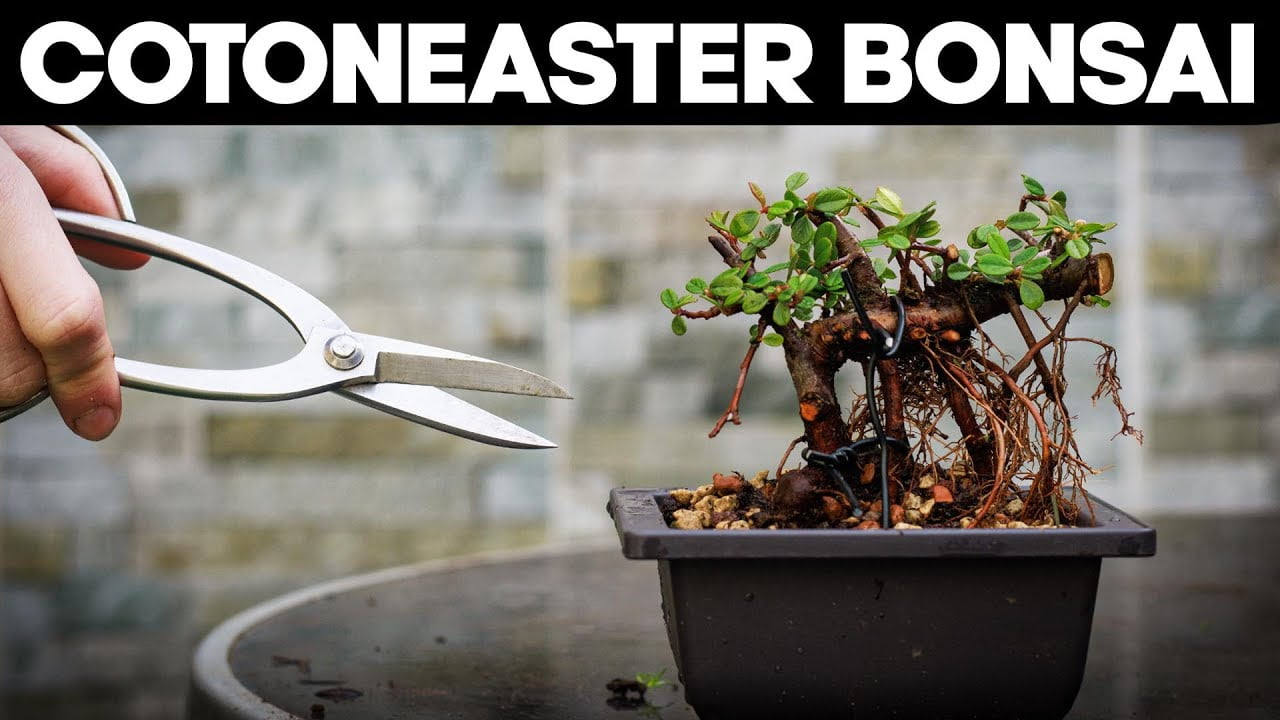If you own a Cotoneaster Bonsai that seems to have lost its vigor due to exposed roots, don’t give up on it just yet! With the right techniques and a little bit of patience, you can bring your beloved tree back to life. This rescue tale of exposed roots will guide you through the steps you need to take to rejuvenate your Cotoneaster Bonsai and restore it to its former glory. So, let’s dive in and rescue your beloved tree together!
How to Bring a Cotoneaster Bonsai Back to Life: A Rescue Tale of Exposed Roots!
Introduction
Bonsai trees are a captivating form of art and gardening, bringing together the beauty of nature and human creativity. The art of bonsai is not only aesthetically pleasing but also requires dedication and skill to achieve the proper balance of design and care. In this article, we will explore a rescue tale of turning a neglected Cotoneaster tree into an exquisite work of art with an exposed root style. We will delve into the species of Cotoneaster, its care requirements, and how to work with a neglected material for bonsai.
The Species: Cotoneaster
Cotoneaster is a popular species of tree used for bonsai due to its easy care and forgiving nature. It is a relatively small tree, with small leaves and internodes, making it easier to prune and shape. Cotoneasters are versatile and can be grown as either indoor or outdoor bonsai trees, depending on the environment and climate. With proper care, including regular watering, appropriate soil composition, and occasional fertilization, cotoneasters can thrive for many years.
Transforming a Neglected Cotoneaster into a Bonsai
Working with neglected material for bonsai can be an excellent opportunity for beginners to get started in the art without breaking the bank. The video shows the transformation of a neglected Cotoneaster into a bonsai tree with exposed roots. The exposed roots add a touch of natural elegance and artistic charm to the bonsai tree.
Step 1: Repotting
The video includes timecodes for different parts of the process, from working on the roots to repotting the tree. Before beginning work on the top of the tree, it is essential to remove the top layer of soil and untangle the roots. Once the roots are untangled, the tree can be repotted with a suitable soil mix.
Step 2: Working on the Roots
The exposed root style requires creating an illusion of the roots growing out of the soil surface. To achieve this look, the roots must be manipulated and trimmed to create the desired shape. A variety of bonsai tools can be used, but they are not necessary for beginners. With patience and attention to detail, even inexperienced gardeners can achieve a beautiful exposed root bonsai.
Step 3: Pruning and Styling
Once the roots have been manipulated, the top of the tree can be pruned and styled to create a balanced composition. Neglected material can offer unconventional opportunities for creativity and development of bonsai styling skills. Working with neglected material also means addressing any issues such as pests or disease that may have caused neglect.
Conclusion
Turning a neglected Cotoneaster into a bonsai with exposed roots can be a rewarding and creative project. With proper care and attention, the Cotoneaster species can be transformed into a beautiful work of art. Working with neglected material can provide unique opportunities for creativity and development of bonsai styling skills while being budget-friendly.
FAQs
- Is Cotoneaster a good species for beginners in bonsai?
Yes, Cotoneaster is a great species for beginners due to its easy care and forgiving nature.
- Can Cotoneaster bonsai trees be grown indoors?
Yes, depending on the environment and climate, Cotoneaster bonsai trees can be grown indoors or outdoors.
- What tools are needed for creating an exposed root bonsai tree?
A variety of bonsai tools can be used, but they are not necessary for beginners. With patience and attention to detail, even inexperienced gardeners can achieve a beautiful exposed root bonsai.
- How often should Cotoneaster bonsai trees be watered?
Cotoneaster bonsai trees should be watered regularly, ensuring the soil remains moist but not waterlogged.
- What is the exposed root style in bonsai?
The exposed root style in bonsai creates an illusion of the roots growing out of the soil surface, adding a touch of natural elegance and artistic charm to the bonsai tree.


